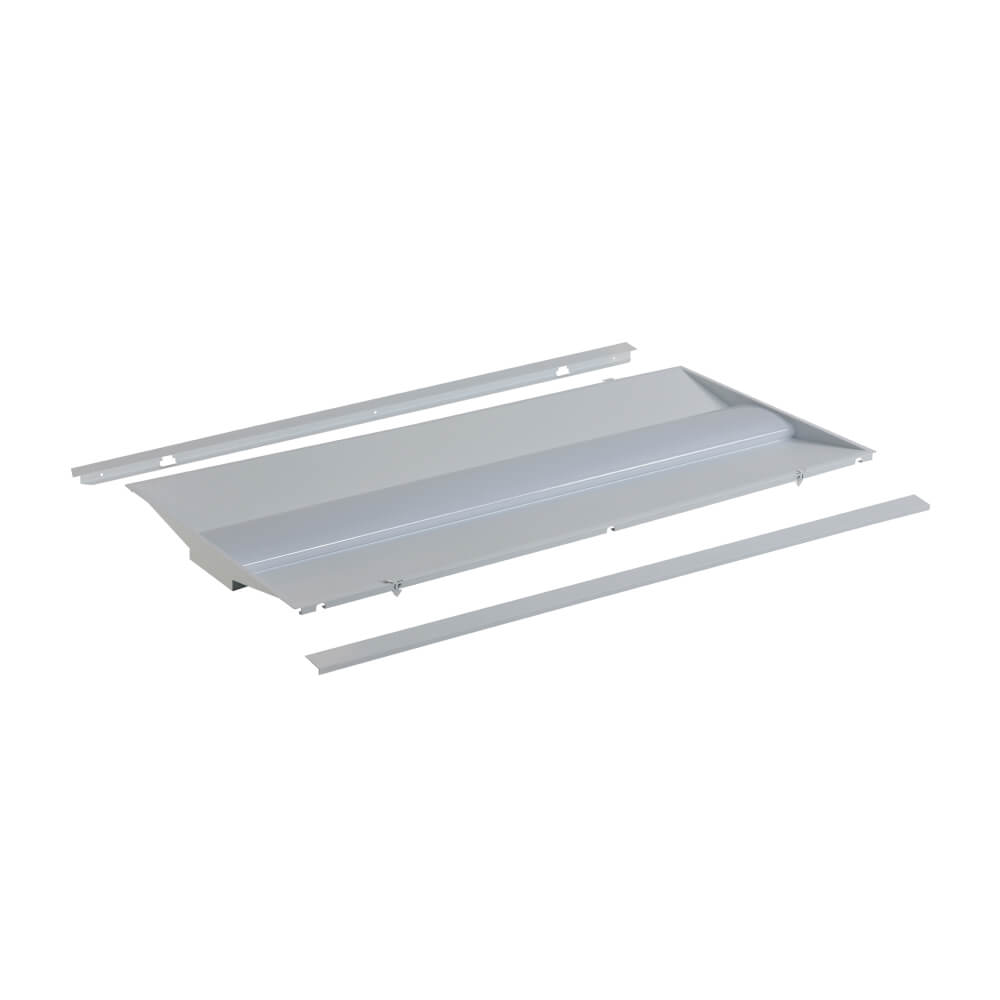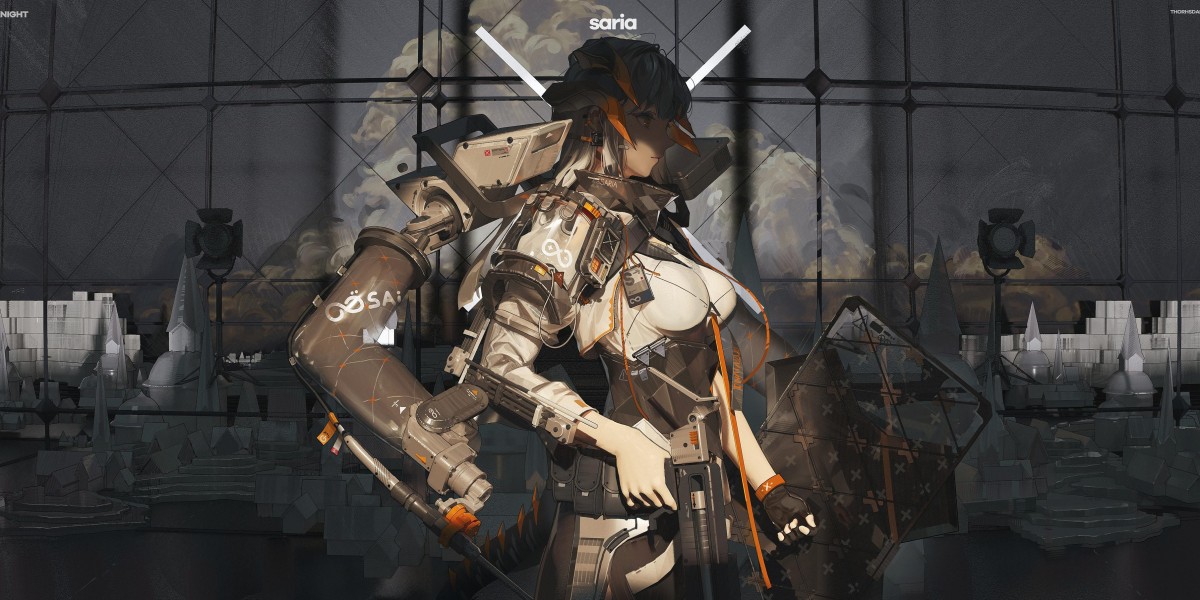Illuminate Your Space: Uncover the Ultimate Retrofit Lighting Solutions for Non-Stop Operations!
In today's fast-paced world, effective lighting is paramount, especially in 24/7 operational environments such as warehouses, manufacturing plants, and retail settings. Traditional lighting solutions often fall short, leading to increased maintenance costs and operational downtime. These challenges highlight the critical need for maintenance-friendly retrofit lighting options that not only enhance visibility but also reduce the burden of upkeep. This article explores various retrofit lighting solutions designed to meet the demanding requirements of non-stop operations, ensuring efficiency and sustainability in every light fixture.

Understanding Retrofit Lighting Solutions
Retrofit lighting refers to the process of upgrading existing light fixtures with newer, more efficient lighting technologies without the need for complete replacement. This approach is becoming increasingly relevant as businesses seek to modernize their operations while minimizing costs. One of the key benefits of upgrading to retrofit solutions is energy efficiency; modern LED technologies consume significantly less power than traditional incandescent or fluorescent bulbs. Additionally, retrofit lighting often leads to reduced maintenance costs due to longer lifespans and fewer replacements, ultimately providing a return on investment that traditional systems cannot match. Such advancements not only enhance the work environment but also contribute to sustainability efforts by lowering energy consumption and reducing waste.
Key Features to Look for in Maintenance-Friendly Lighting
When selecting maintenance-friendly retrofit lighting, several essential features should be prioritized. First and foremost, a long lifespan is crucial; modern LED lights can last up to 50,000 hours or more, drastically reducing the frequency of replacements compared to traditional lighting systems. Ease of installation is another important feature; many retrofit solutions are designed to fit seamlessly into existing fixtures, which not only simplifies the upgrade process but also minimizes downtime during installation. Furthermore, smart technology integration is becoming increasingly vital in today’s operational landscape. Features such as motion sensors and automated dimming can help optimize energy usage and enhance the overall efficiency of lighting systems. Compared to traditional lighting, these features make retrofit options significantly more appealing, particularly for environments that demand constant illumination.
Comparative Analysis of Retrofit Lighting Options
The market for retrofit lighting products is diverse, with various options tailored to meet the specific needs of different operational settings. For instance, high-bay LED lights are ideal for warehouses with high ceilings, providing focused brightness over large areas while maximizing energy efficiency. In manufacturing plants, task lighting solutions can be retrofitted to enhance visibility in critical workstations, ensuring safety and productivity. Retail environments benefit from aesthetically pleasing lighting that not only showcases products but also creates an inviting atmosphere for customers. A comparative analysis shows that while some retrofit products may be more expensive upfront, their energy savings and longevity often lead to lower overall costs. General pricing trends indicate that while basic retrofit options may start at a lower price point, investing in higher-end features like smart technology can yield substantial long-term benefits.
Selecting the Right Supplier for Your Needs
Choosing the right supplier for retrofit lighting is crucial to ensure that your operational needs are met effectively. A supplier's reputation is one of the primary considerations; look for companies with a proven track record in providing quality products and reliable service. Customer service should also be a top priority; responsive support can make all the difference when addressing installation challenges or product inquiries. Warranty offerings are another essential aspect; a robust warranty can provide peace of mind, ensuring that you are protected against manufacturing defects or premature failures. It’s important to work with suppliers who understand the unique demands of 24/7 operations, as these experts can offer tailored solutions that enhance operational performance and minimize disruptions.
Summary of Key Points
In conclusion, maintenance-friendly retrofit lighting solutions are essential for ensuring efficient and uninterrupted operations in 24/7 environments. By understanding the benefits of retrofit lighting, recognizing key features that enhance maintenance, and selecting the right products and suppliers, businesses can significantly improve their operational performance. As you evaluate your current lighting solutions, consider making the switch to retrofit options that not only meet your lighting needs but also contribute to overall sustainability and cost savings. Embrace the opportunity to illuminate your space effectively and efficiently.








